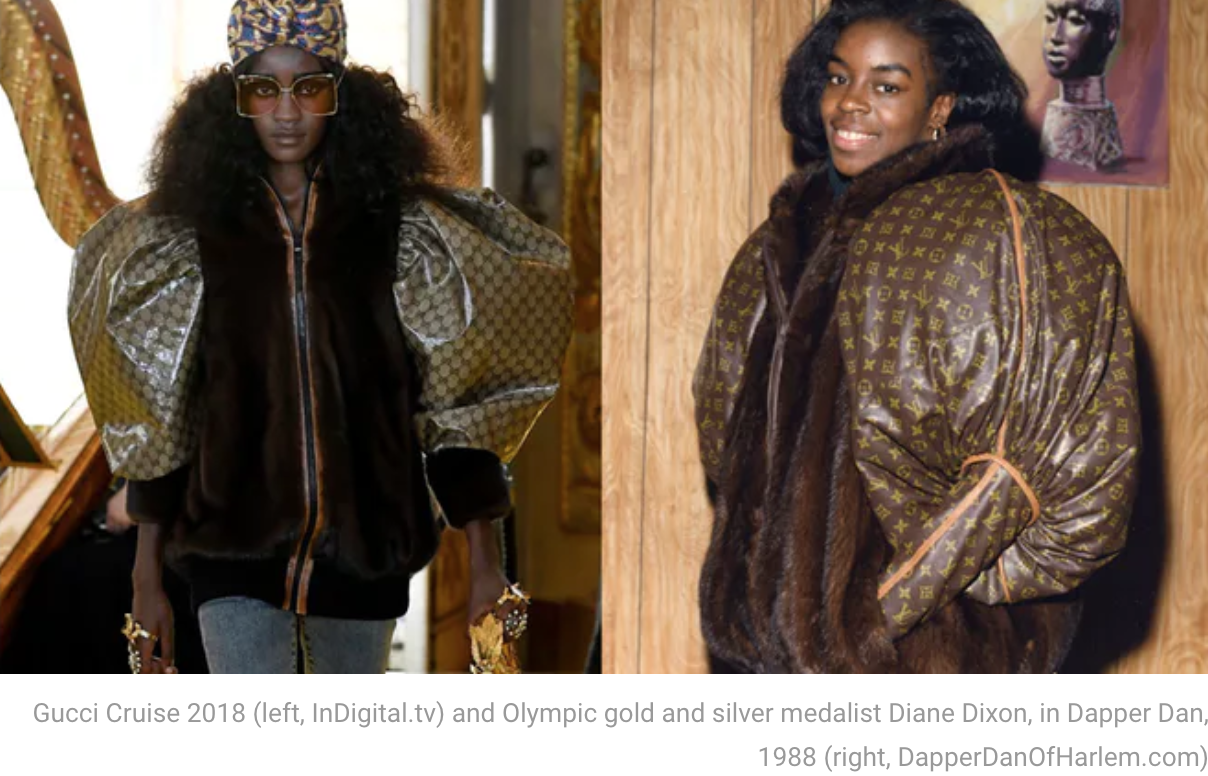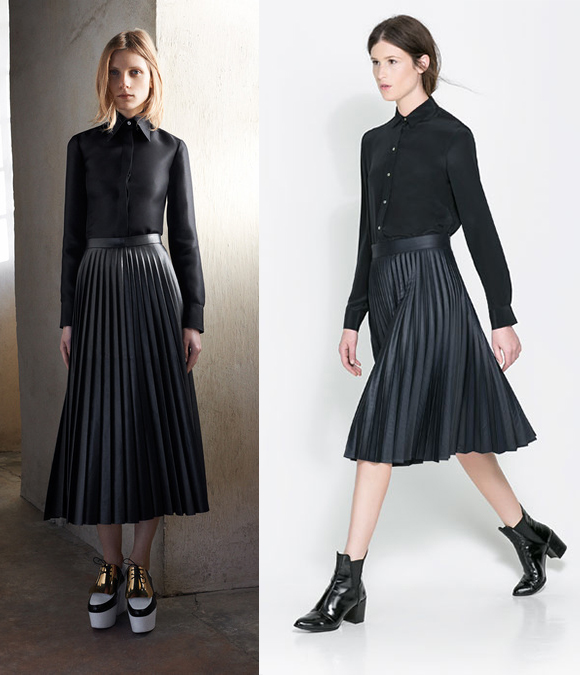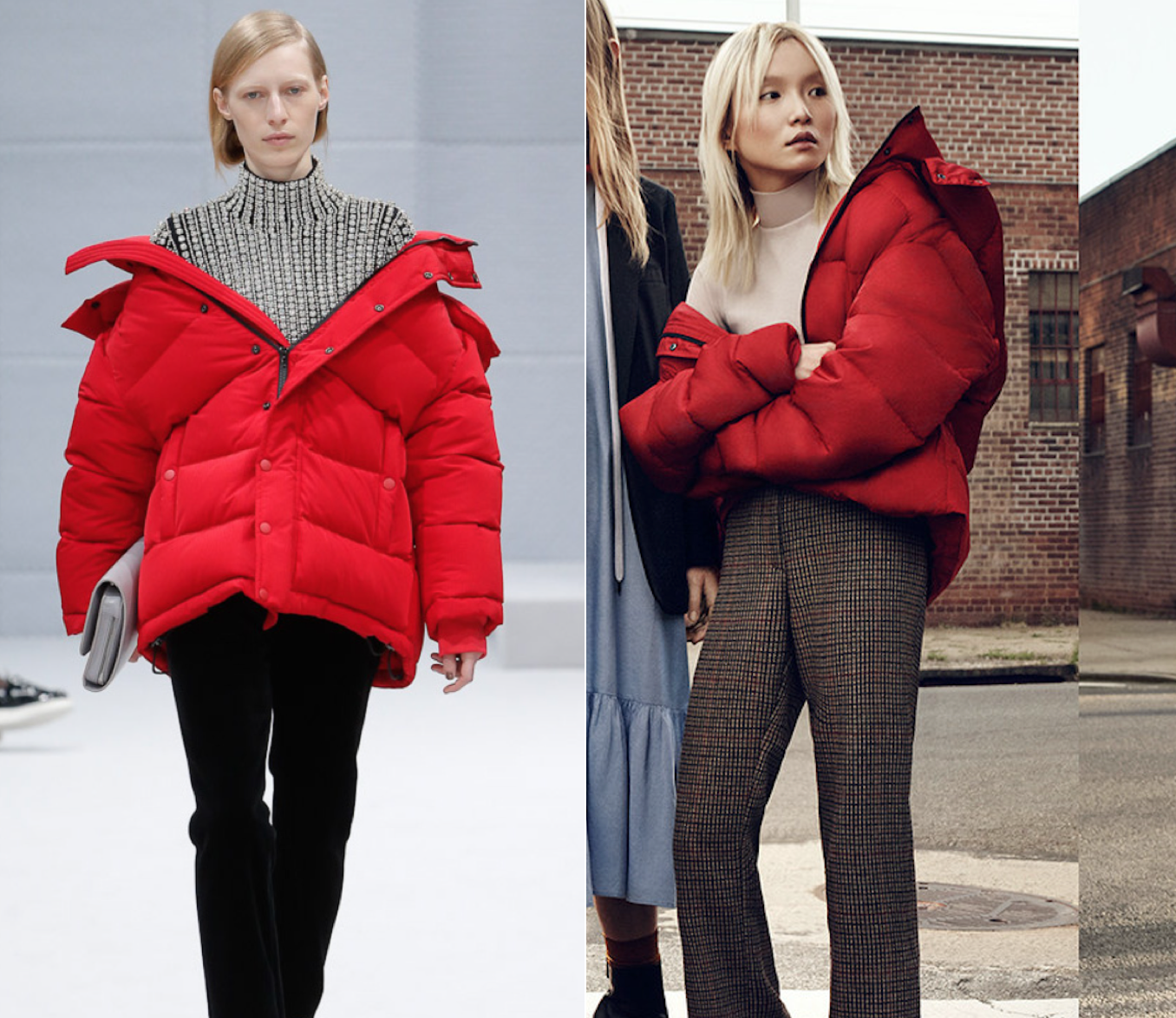OP-ED: Revisiting the Issue of Cultural Appropriation in Fashion, inspirations should definitely be respected and credited.
Cultural appropriation is a thorny topic in the fashion industry. It always confuses and sometimes annoys people. Just like the boundary between borrowing and stealing, it can be very tricky. When you borrow something, you supposed to have the intention of returning to the authentic owner, but when it comes to stealing, the intention would be keeping something wrongfully for yourself. Peculiarly within current internet connected world, similar designs appear often in fashion weeks. As a young fashion design student in Parsons, I feel shameful for people, who supposed to be creative and innovative, copying from each others. The global consumers, designers, and sellers are not taking cultural appropriation seriously nowadays.
It is a worldwide problem which starts to become as a norm. For instance, the one of the largest Spanish fast fashion retailer, Zara, has been accused for copying young designers and artists’ works. Without any attributions, Zara’s inappropriately plagiarized the designs. Sadly, this has been frequently happening in fast-fashion. Zara is not the only company who steals others’ ideas. Every season of fashion shows, there is always at least one famous design house is accused as “copy cat”. In the Gucci Cruise 2018 show, current creative director, Alessandro Michele resembled a jacket with puffball sleeves of monogrammed logos leather from Dapper Dan, a Harlem couturier. Dan used to embezzle famous designer brands logo such as Louis Vuitton onto the jacket. High fashion brands like Gucci and Vuitton were not able to sell to the African American, so Dapper Dan decided to be in charge of logos himself. Different from Zara, Michele and Dan both gave attribution to their inspiration.
 Who is cultural inappropriate? This problematic and thorny issue underscores our struggle being culturally sensitive. It is obvious that many fashion inspirations are culturally sensitive like Gucci. But is it wrong to recreate a iconic look?
Who is cultural inappropriate? This problematic and thorny issue underscores our struggle being culturally sensitive. It is obvious that many fashion inspirations are culturally sensitive like Gucci. But is it wrong to recreate a iconic look?
Inspired by other artworks, many designers developed a new piece with his own elements. This design process is extremely common in the contemporary technologically advanced world, because people can effortlessly get access to an abundance of information and sources on the internet. In fashion, there are sensitive cultural elements can sometimes be considered as extensions of racism, genocide, and oppression, but these appropriation and exchange in cultures motivates designers to embrace new results. While associating with sensitive cultural elements, designers should to respect authentic meanings and credit the authenticity, thus cultural appropriation issues can be more likely be avoided.
As a consumer and a designer, I think being open-minded is important in the mixed-cultural world. Learning to appreciate different cultures and designs, and emphasize the authenticity of a work of art, which is not only meaningful for those who created it but also for the viewers who can respond with their genuine feelings and expressions, a response that corresponds to the society, and is resonant in the whole world.

